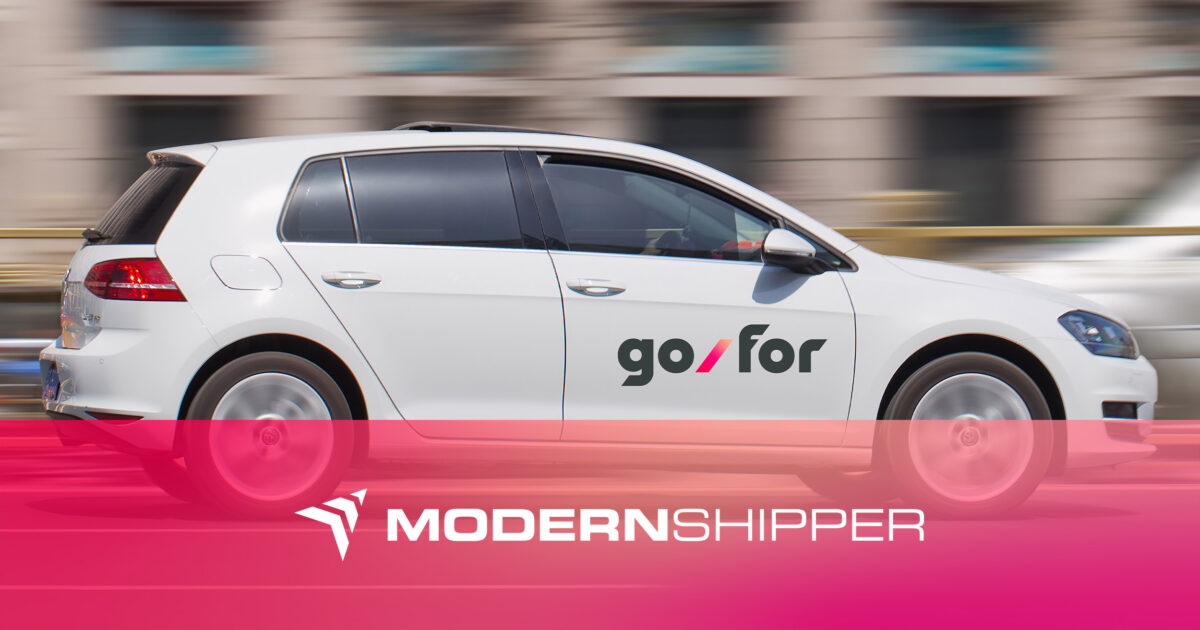Electrifying the nation’s last-mile fleet requires some heavy lifting

Jeff Bezos has become the king of e-commerce, with Amazon (NASDAQ: AMZN) accounting for anywhere from 35% to 48% of online sales, depending on the source of the information. Moving all those packages results in a significant environmental impact, although Bezos believes e-commerce is actually more environmentally friendly than in-store shopping.
“Amazon’s sustainability scientists have spent more than three years developing the models, tools, and metrics to measure our carbon footprint,” Bezos wrote in a shareholder letter in early 2020. “Their detailed analysis has found that shopping online consistently generates less carbon than driving to a store, since a single delivery van trip can take approximately 100 roundtrip car journeys off the road on average.”
Amazon is pushing to have 10,000 Rivian electric vehicles (EVs) on the road in 2022 and 100,000 by 2030. Not everyone is Amazon, though. Roughly 60% of e-commerce is conducted by companies other than Amazon and Walmart (NYSE: WMT), and that requires a large fleet of independent or small fleet delivery drivers to move those goods.
Getting that segment of vehicle owners to invest in electric vehicles might be a tougher task than Amazon converting its fleet, but it is one that many companies are attempting.
“When the driver can put more money in his pocket, do what he does safer and healthier, that is a real benefit that starts the ball rolling,” Chris Jarvis, chief logistics officer for Canadian last-mile delivery company GoFor Industries, told Modern Shipper.
Continue Reading on FreightWaves
media contact
Nicole Cheffey
vice president marketing
